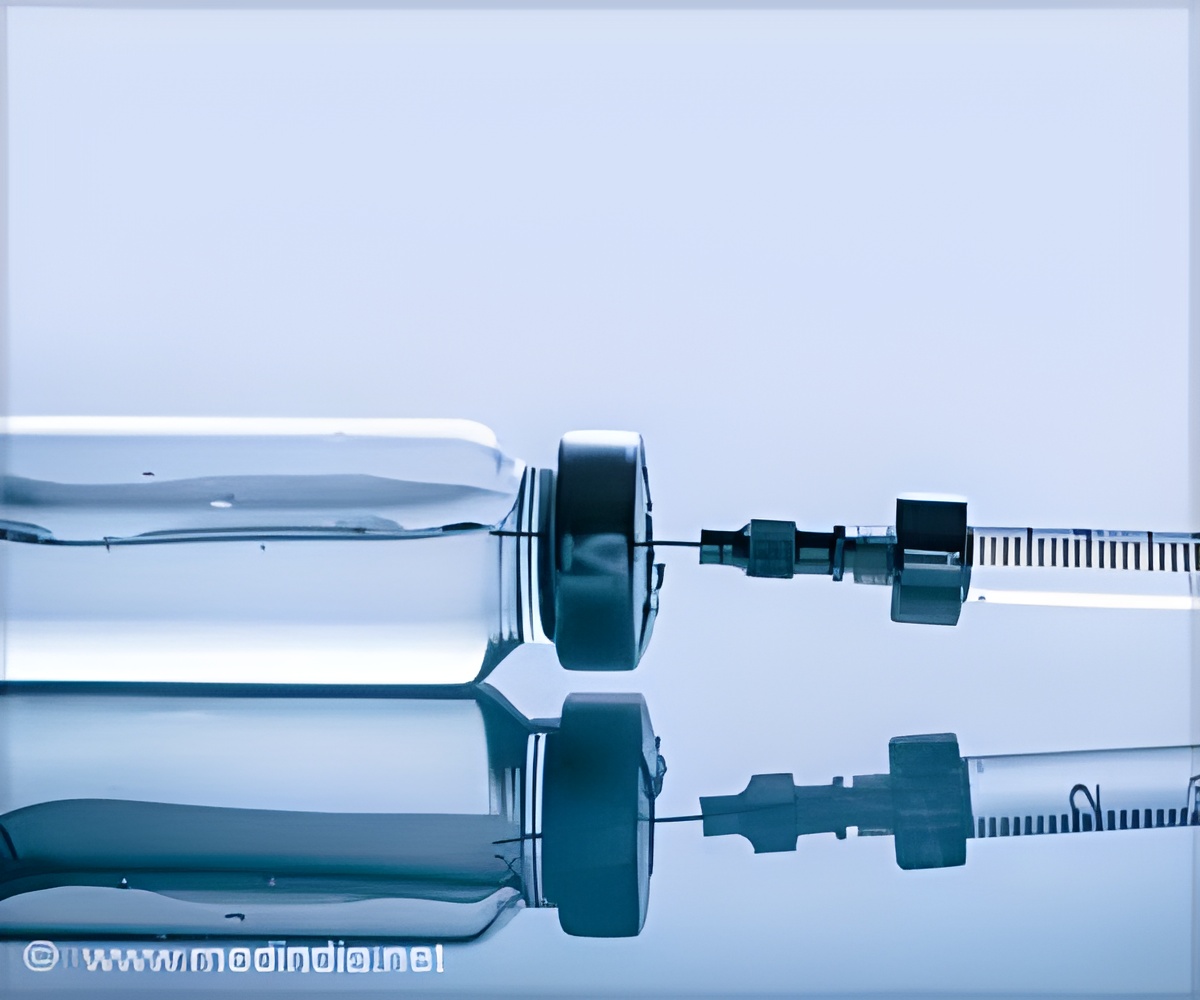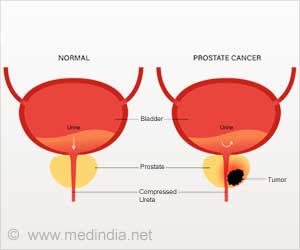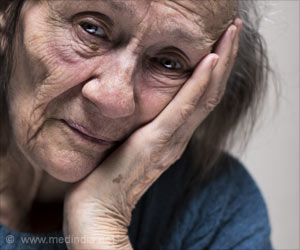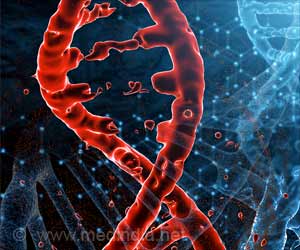Burosumab is a new injectable to treat X-linked hypophosphatemia (XLH) or genetic rickets. It improves treatment related outcomes better when compared to the standard therapy.

‘Improvement seen with burosumab was twice compared to the conventional therapy. Also, substantial healing was more for burosumab while treating XLH.’
Read More..




XLH affects about 3,000 children and 12,000 adults in the United States, the Food and Drug Administration (FDA) estimates. Typically, XLH causes rickets, bowed legs, bone pain and short stature. Read More..
People with XLH have high levels of the hormone fibroblast growth factor 23, or FGF23, which causes low blood levels of phosphorus (hypophosphatemia). Conventional therapy has long been multiple daily doses of oral phosphate and active vitamin D (e.g. calcitriol), according to Imel.
The study included 61 XLH-affected children ages 1 to 12 years who previously received conventional therapy with oral phosphate and active vitamin D but still had evidence of rickets on X-rays. Patients were randomly assigned to continue this conventional therapy or switch to receive burosumab injections given every two weeks. Radiologists who were unaware of participants' drug assignments reviewed their X-rays and assigned a score for improvement of rickets.
By 40 weeks of treatment, that improvement was more than two times greater for the burosumab group than the conventional therapy group, Imel noted. Substantial healing of rickets occurred in 72 percent of participants receiving burosumab (21 of 29), the researchers reported, versus only 6 percent in the conventional therapy group (two of 32).
Burosumab also reportedly led to greater improvements in leg deformities, height and distance walked in a 6-minute test, as well as larger increases in serum phosphorus and active vitamin D levels.
Advertisement
Source-Eurekalert









